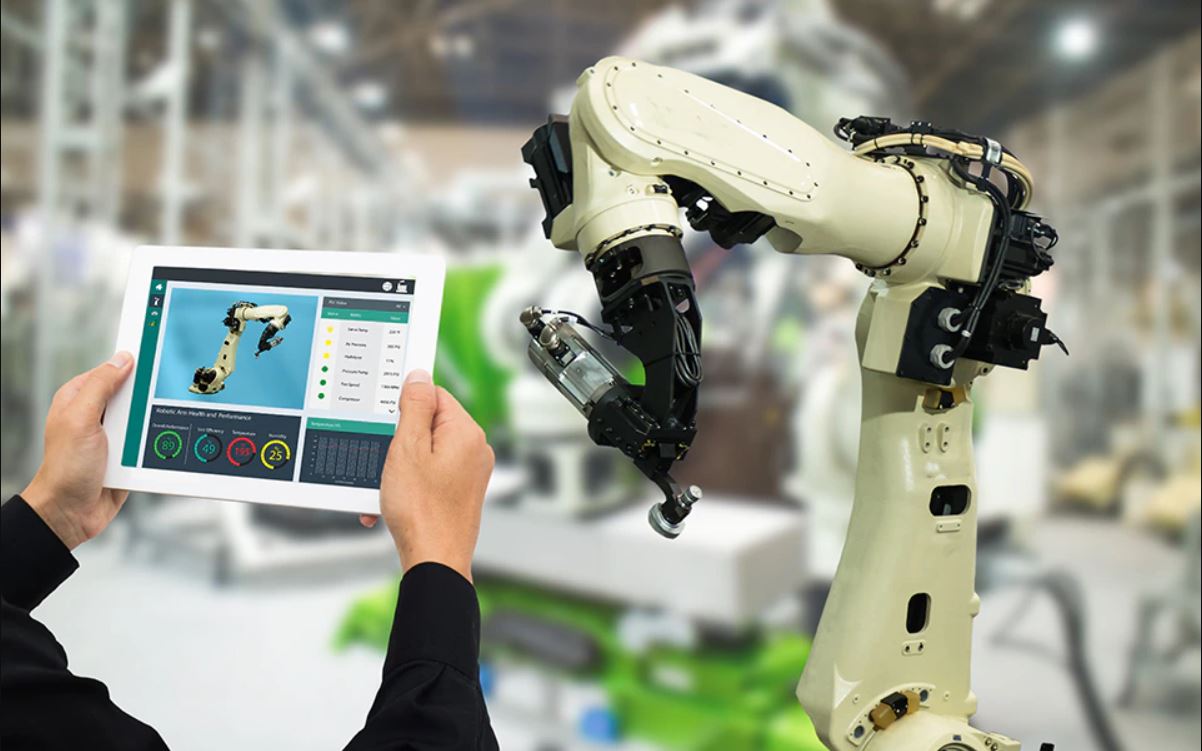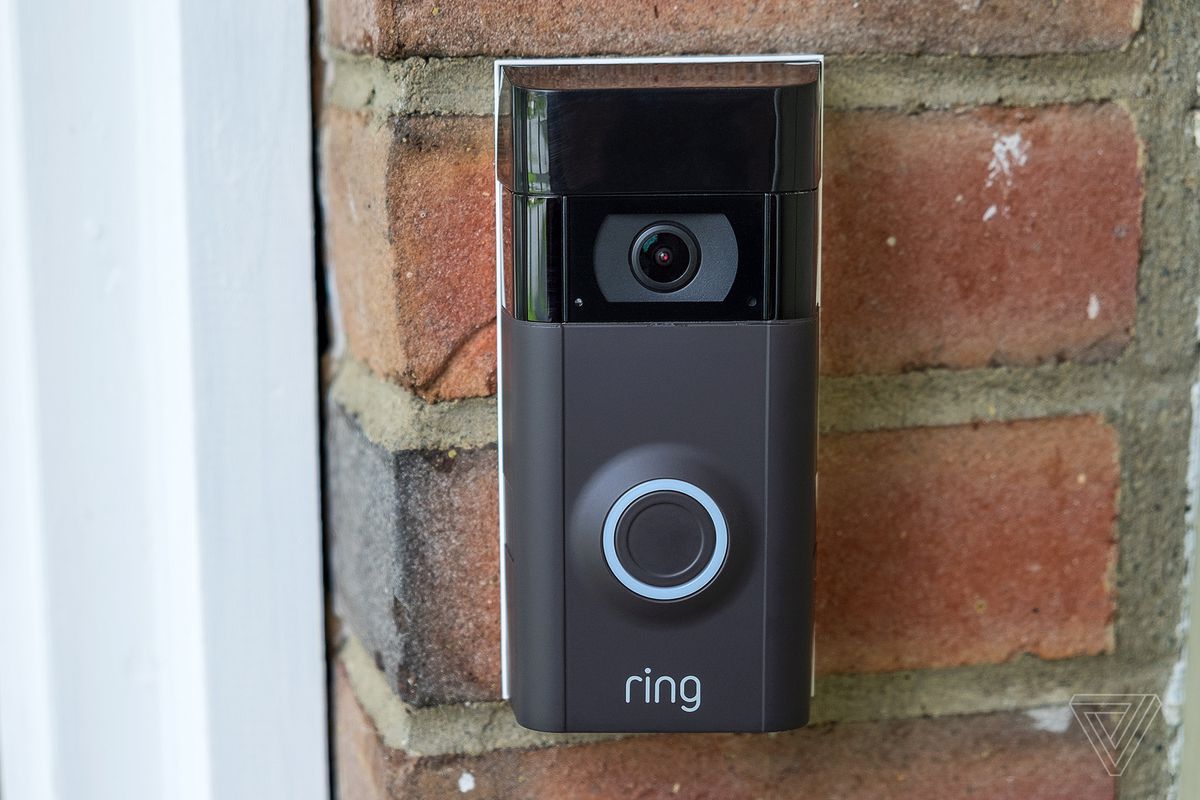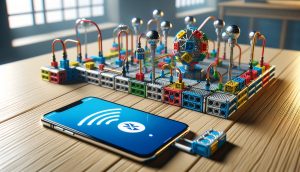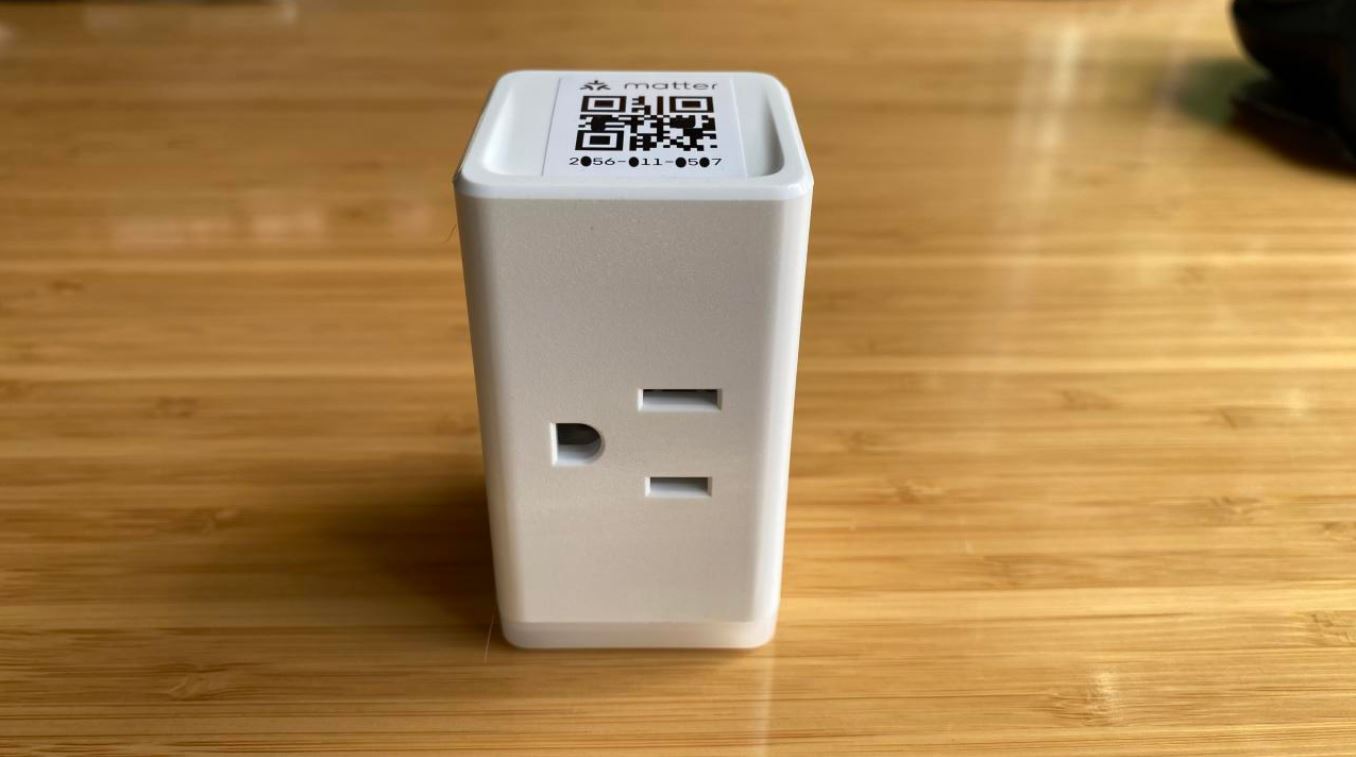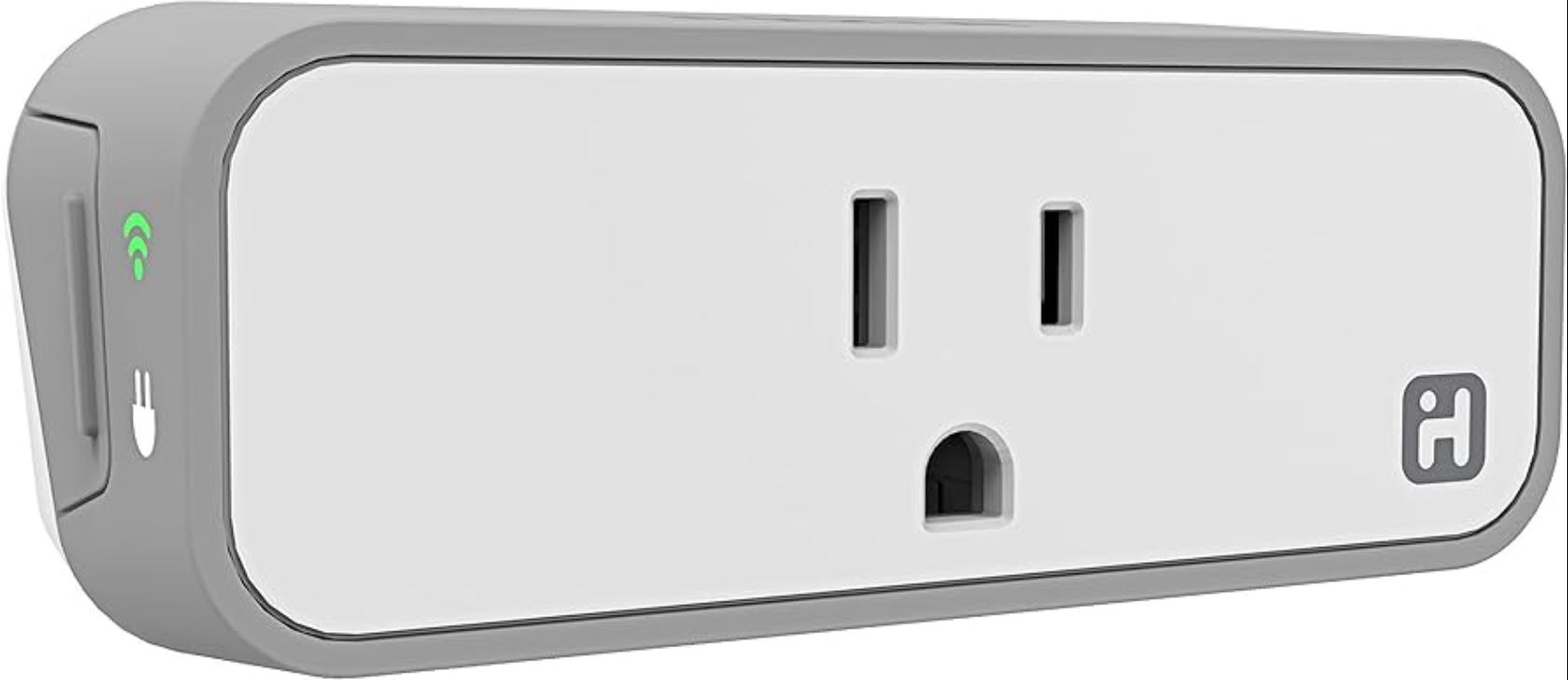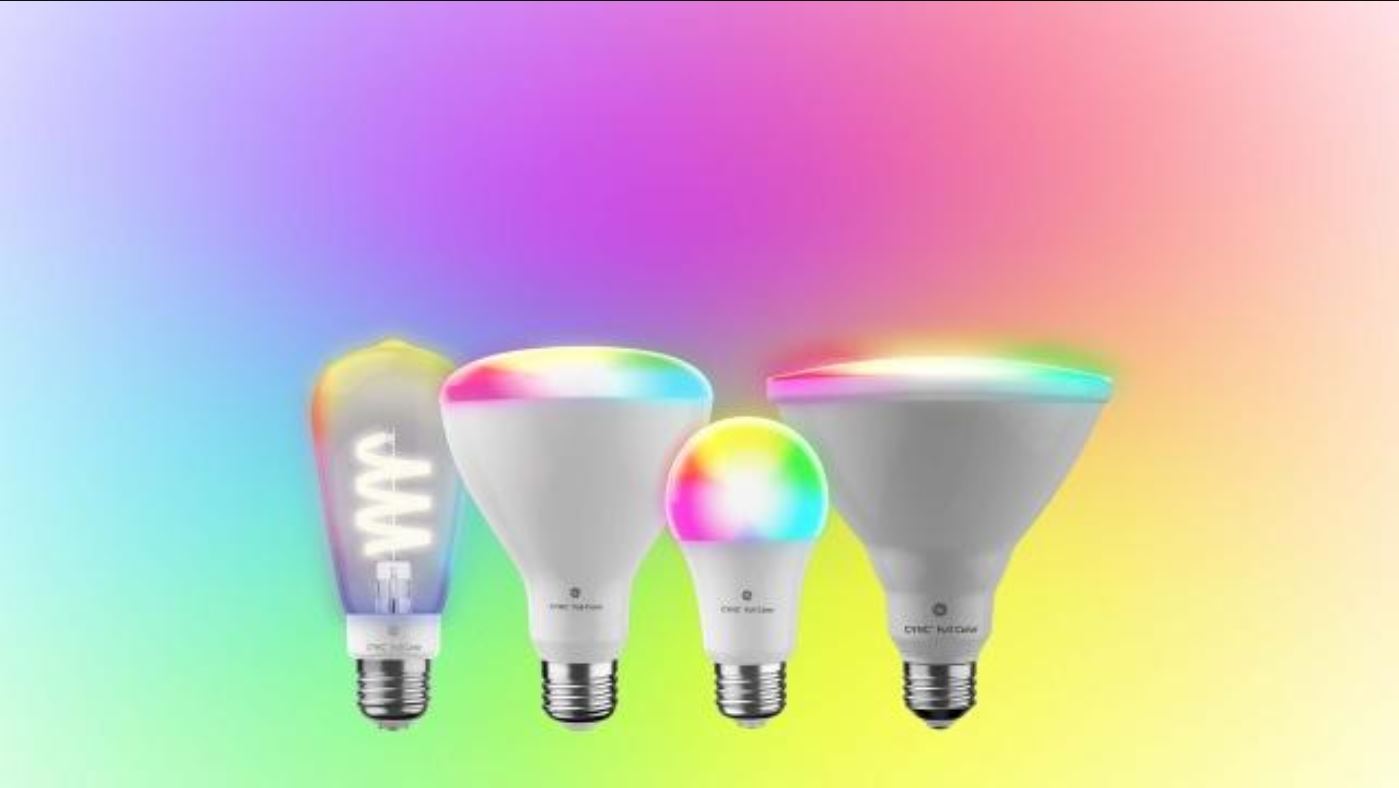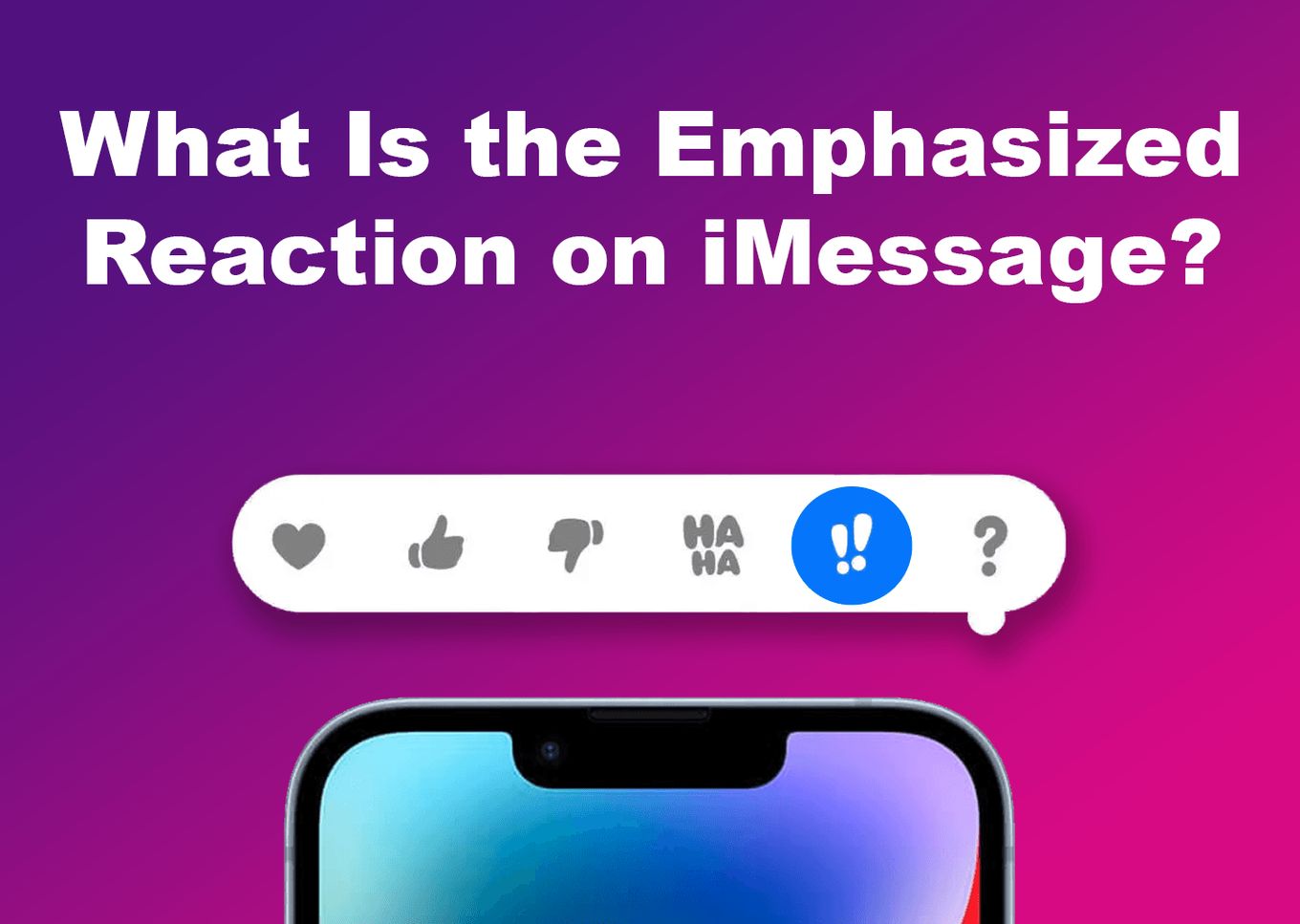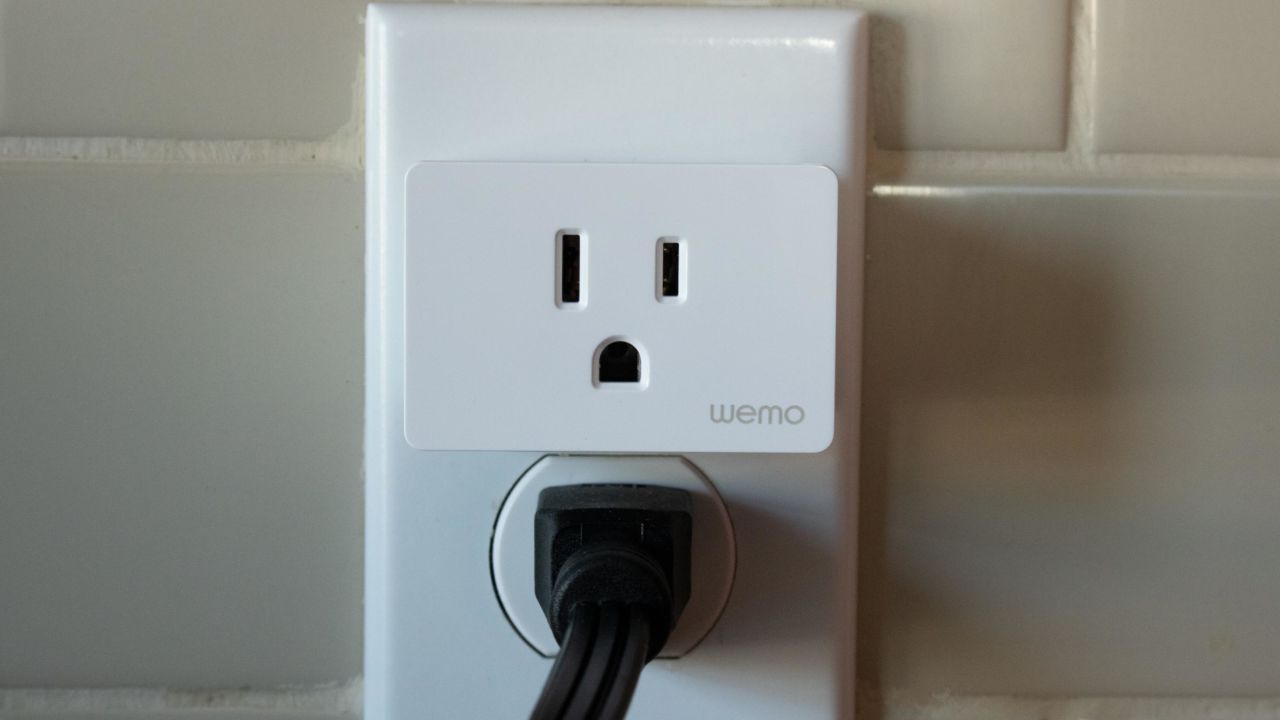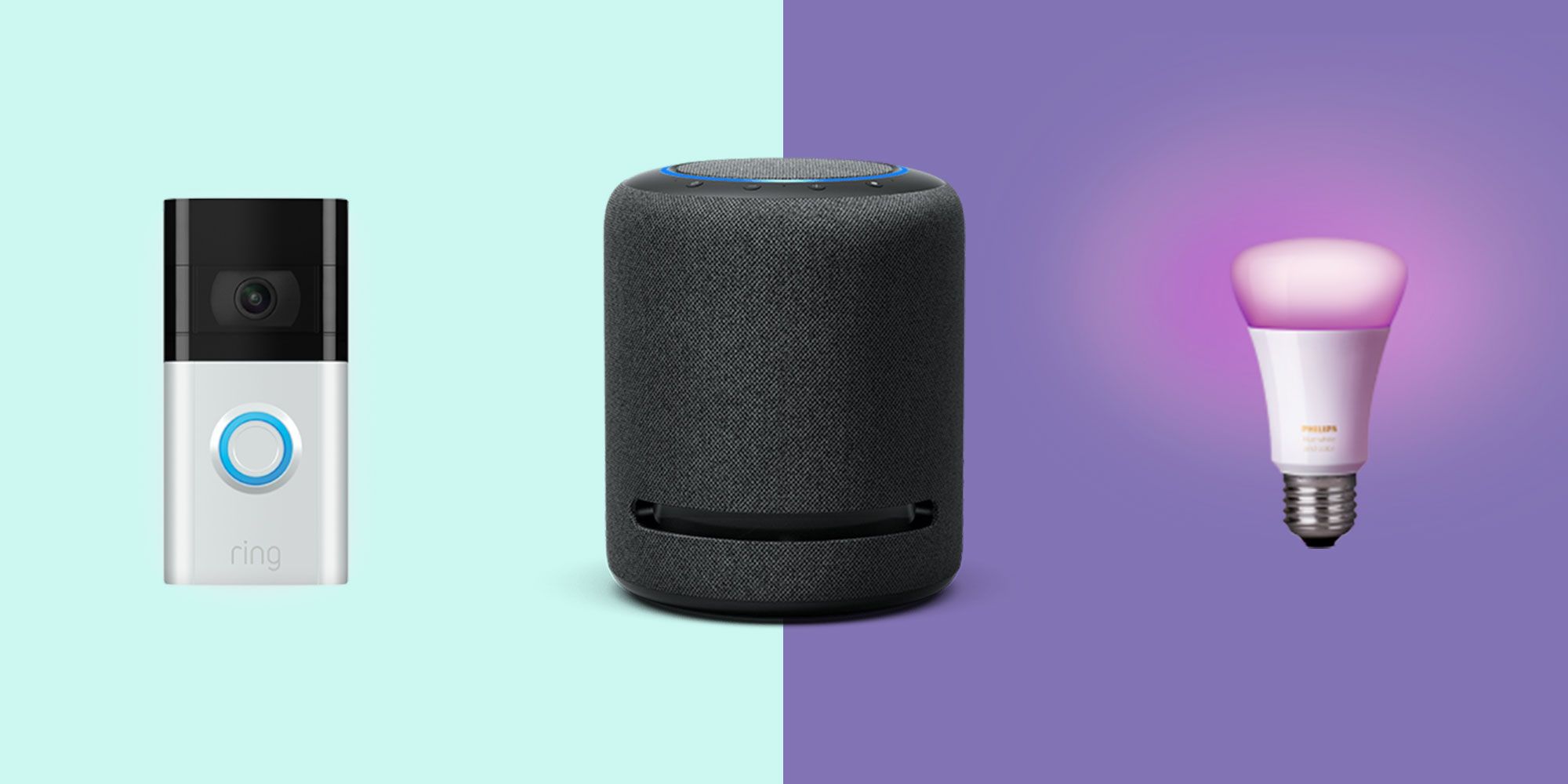What is IoT?
The Internet of Things, commonly known as IoT, refers to the interconnected network of physical devices, vehicles, appliances, and other items embedded with sensors, software, and connectivity, enabling them to collect and exchange data. These devices can range from a simple household appliance to complex industrial machinery or even vehicles. The data collected by these devices is then transmitted over the internet, allowing for remote monitoring, control, and automation.
The concept of IoT is centered around the idea of creating a seamlessly connected ecosystem where devices can communicate and work together to enhance efficiency, convenience, and functionality. The underlying technology behind IoT is a combination of hardware, software, and networking protocols that enable devices to gather and share data.
This interconnected web of devices has the potential to revolutionize various aspects of our daily lives and industries by introducing automation, improving decision-making processes, and enhancing overall productivity. By connecting objects and enabling them to communicate with each other, IoT has the power to transform how we interact with our environment and the objects within it.
IoT has already made significant advancements in areas such as healthcare, transportation, agriculture, manufacturing, and smart homes. In healthcare, IoT devices can monitor vital signs, track medication adherence, and enable remote patient monitoring, leading to improved patient care and efficiency in healthcare systems. In transportation, IoT enables real-time tracking and monitoring of vehicles, optimizes routes, and improves fuel efficiency by providing valuable data on driving habits.
Furthermore, IoT has paved the way for the development of smart homes by interconnecting various devices in a household, allowing homeowners to control and monitor aspects such as lighting, security systems, temperature, and appliances remotely. This level of control and automation adds convenience, energy efficiency, and enhanced security to everyday living.
As IoT continues to evolve and expand, its potential applications are virtually limitless. From smart cities that optimize resource allocation and reduce energy consumption to industrial IoT applications that improve operational efficiency and enable predictive maintenance, the possibilities are immense.
Overall, IoT is a technological revolution that is transforming the way we interact with our environment. By creating a network of interconnected devices, IoT holds the promise of enhancing our lives, boosting productivity, and propelling us into a connected future.
The Growth of IoT
The Internet of Things (IoT) has experienced phenomenal growth in recent years and shows no signs of slowing down. The proliferation of connected devices and advancements in technology have fueled this expansion, creating a connected world that is transforming industries and revolutionizing the way we live and work.
One of the primary drivers of IoT growth is the increasing affordability and miniaturization of hardware components. Sensors, processors, and connectivity modules have become more compact and cost-effective, making it feasible to embed them in everyday objects. This has led to a surge in the number of IoT-enabled devices entering the market, ranging from smartwatches and fitness trackers to smart home appliances and industrial machinery.
Another factor contributing to the growth of IoT is the widespread availability of internet connectivity. With the rise of 5G networks and the expansion of Wi-Fi coverage, more and more devices can now seamlessly connect to the internet. This connectivity enables devices to collect and transmit data in real-time, facilitating the exchange of information between devices and the cloud.
The combination of affordability, miniaturization, and connectivity has resulted in the proliferation of IoT applications across various industries. In the healthcare sector, IoT devices are transforming patient care, monitoring chronic conditions, and enabling telemedicine. In agriculture, IoT sensors are deployed to monitor soil conditions, crop health, and optimize irrigation, leading to improved agricultural practices and increased productivity.
Moreover, governments and municipalities are realizing the potential of IoT in building smart cities. By integrating IoT technology in infrastructure, cities can benefit from optimized resource allocation, improved traffic management, efficient waste management, and enhanced public safety. These advancements not only improve the quality of life for residents but also contribute to a sustainable and eco-friendly environment.
Furthermore, businesses are leveraging IoT to streamline operations and improve efficiency. Industrial IoT applications enable predictive maintenance, optimizing the performance of machinery and reducing downtime. Retailers are utilizing IoT for inventory management, supply chain optimization, and personalized customer experiences. IoT is also being employed in energy management, enabling intelligent monitoring and control of energy usage in buildings.
The growth of IoT has also opened up new avenues for innovation and entrepreneurship. Startups and established companies alike are capitalizing on the opportunities provided by this technology, developing new products and services to meet the demands of an interconnected world.
As the number of connected devices continues to rise, the volume of data generated by these devices is also increasing exponentially. This “big data” holds immense potential for businesses and organizations to gain valuable insights, make informed decisions, and improve their operations.
Overall, the growth of IoT is transforming industries, driving innovation, and reshaping the way we interact with technology. With advancements in connectivity, hardware, and data analytics, the potential for IoT applications is boundless, creating a future that is connected, intelligent, and responsive.
The Benefits of IoT
The Internet of Things (IoT) offers a plethora of benefits across various sectors, revolutionizing industries and enhancing the way we live and work. From increased efficiency and productivity to improved decision-making and enhanced quality of life, IoT is transforming everyday experiences on a global scale.
One of the key benefits of IoT is improved efficiency. IoT-enabled devices can collect and analyze data in real-time, allowing for proactive decision-making and optimized operations. In manufacturing, IoT sensors can monitor machine performance, detect anomalies, and facilitate predictive maintenance, reducing downtime and improving overall productivity. In agriculture, IoT technology helps farmers optimize irrigation systems, monitor soil conditions, and manage crop health, leading to increased yields and reduced resource wastage.
IoT also enhances convenience and promotes automation. With interconnected devices, users can control and monitor multiple aspects of their daily lives from a single interface, whether it’s adjusting the lighting and temperature in a smart home or remotely operating appliances and security systems. This level of control and automation not only saves time but also offers a new level of convenience and comfort.
In the healthcare sector, IoT has the potential to improve patient care significantly. IoT devices can monitor vital signs, track medication adherence, and enable remote patient monitoring. This allows healthcare professionals to provide timely interventions, resulting in better patient outcomes and reduced hospital readmissions. Wearable devices like fitness trackers and smartwatches allow individuals to monitor their health and fitness levels, promoting preventive care and a healthier lifestyle.
Another benefit of IoT is enhanced decision-making. With access to real-time data and analytics, businesses can make data-driven decisions, leading to improved efficiency and competitiveness. In retail, IoT-powered analytics tools can provide insights into customer behavior, enabling personalized recommendations and targeted marketing strategies. In logistics, real-time tracking and monitoring of goods and vehicles ensure efficient supply chain management and timely deliveries.
IoT also contributes to sustainability and environmental conservation. By optimizing resource usage in various sectors, IoT helps reduce waste and minimize environmental impact. Smart energy grids leverage IoT technology to monitor and control energy usage, resulting in more efficient distribution and reduced energy consumption. Additionally, IoT-enabled waste management systems can optimize collection routes, improving efficiency and reducing pollution.
Furthermore, IoT enhances safety and security in various domains. In transportation, connected vehicles can communicate with each other and traffic infrastructure, enabling the prevention of accidents and reducing congestion. Smart surveillance systems integrated with IoT can provide real-time monitoring and analysis, enhancing security and reducing crime rates in public spaces.
Lastly, IoT fosters innovation and opens up opportunities for new business models. The interconnected nature of IoT encourages collaboration and the development of innovative solutions. Startups and established companies alike can leverage IoT technology to create new products and services that cater to the needs of a connected world.
Overall, the benefits of IoT are far-reaching and diverse. From increased efficiency and productivity to improved decision-making and enhanced quality of life, IoT is reshaping industries and transforming the way we interact with technology in a connected, intelligent, and responsive world.
Examples of IoT Applications
The Internet of Things (IoT) has found its way into numerous industries, transforming the way we interact with technology and improving various aspects of our lives. From healthcare to transportation, agriculture to smart homes, here are some notable examples of IoT applications:
Healthcare: IoT devices are revolutionizing patient care with remote health monitoring. Wearable devices can track vitals, such as heart rate and blood pressure, and provide real-time data to healthcare providers. IoT-powered smart pills have sensors that can monitor medication adherence and send alerts to patients and doctors. Telemedicine, enabled by IoT, allows for remote consultations, reducing the need for in-person visits and enabling medical professionals to remotely monitor patients.
Transportation: IoT is revolutionizing transportation systems with advancements like connected vehicles and smart traffic management. In-car sensors can monitor real-time data on tire pressure, engine performance, and vehicle diagnostics, ensuring optimal performance and reducing the risk of breakdowns. Smart traffic lights can adjust timings based on traffic flow, reducing congestion and improving overall traffic management.
Agriculture: IoT is transforming the way agriculture is practiced. Smart irrigation systems use sensors to monitor soil moisture levels and weather conditions, enabling efficient water usage and improving crop yield. Connected sensors can analyze soil composition, providing farmers with valuable insights into nutrient levels and optimizing fertilization. IoT-powered drones and robots can assist in crop monitoring, pest control, and harvesting, streamlining agricultural processes and increasing productivity.
Smart Homes: IoT devices have made homes smarter and more convenient. Connected thermostats can monitor and adjust temperature settings based on occupancy and weather conditions, providing energy savings. Smart lighting systems can be remotely controlled and scheduled, enhancing energy efficiency and security. IoT-enabled home security systems allow for remote monitoring and control of cameras, door locks, and alarms, enhancing safety and peace of mind.
Industrial IoT: IoT advancements have brought significant improvements to industrial processes. In manufacturing, IoT sensors can monitor machine performance in real-time, detecting anomalies and enabling predictive maintenance to minimize downtime. Connected supply chains enhance inventory management, ensuring optimal stock levels and minimizing waste. IoT-powered asset tracking enables real-time monitoring and control of goods during transit, improving logistics efficiency.
Smart Cities: IoT applications are transforming cities into smart and sustainable environments. Connected street lighting can adjust brightness levels based on traffic and pedestrian activity, reducing energy consumption. Smart waste management systems utilize IoT sensors to optimize collection routes, reducing costs and minimizing environmental impact. Public safety can be enhanced through IoT-powered surveillance systems that provide real-time monitoring and analytics for improved security.
These examples represent just a fraction of the vast potential that IoT holds. As technology continues to advance, IoT applications will continue to grow, enriching various industries and improving our quality of life.
Challenges and Concerns Surrounding IoT
While the Internet of Things (IoT) offers numerous benefits and has the potential to transform industries, it also presents several challenges and concerns that need to be addressed for its widespread adoption. Here are some of the key challenges and concerns surrounding IoT:
Security: One of the biggest concerns with IoT is the security of connected devices and the data they generate. IoT devices are often vulnerable to cyber-attacks, as they may lack robust security measures. Breaches in IoT security can have severe consequences, from privacy breaches to potential exploitation of personal information. Ensuring the security and integrity of IoT devices and the data they collect is paramount to prevent unauthorized access and data breaches.
Interoperability: With the multitude of devices and technologies in the IoT ecosystem, interoperability becomes a significant challenge. Different manufacturers may use different communication protocols and standards, making it challenging for devices to communicate and work together seamlessly. Establishing industry standards and protocols that enable interoperability is crucial for the widespread adoption and integration of IoT devices in various domains.
Privacy: IoT devices collect vast amounts of personal data, which raises concerns about privacy and data protection. Users may be unaware of the types of data collected, how it is used, and who has access to it. Transparent data collection policies and user consent mechanisms are essential to protect individuals’ privacy and ensure responsible use of their personal information.
Data Management and Analytics: The enormous volume of data generated by IoT devices requires robust data management and analytics capabilities. The ability to collect, store, and analyze this data efficiently and effectively is crucial for deriving meaningful insights and actionable intelligence. Developing scalable and secure data infrastructures and implementing advanced analytics techniques are necessary to maximize the value of IoT-generated data.
Ethical Considerations: IoT raises ethical concerns, especially when it comes to the use of data collected from individuals. Questions arise regarding consent, data ownership, and potential discrimination based on the insights gained from IoT data. Ensuring that ethical guidelines and regulations are in place to govern the collection, storage, and use of IoT data is necessary to protect individuals’ rights and prevent misuse.
Reliability and Maintenance: As IoT devices become integral parts of critical systems and infrastructure, ensuring their reliability and proper maintenance is vital. IoT devices may encounter connectivity issues, software glitches, or hardware failures, leading to disruption in services. Establishing robust maintenance processes, remote diagnostics, and over-the-air updates are essential to ensure the reliable operation of IoT devices and prevent potentially costly downtime.
Scalability and Bandwidth: As the number of connected devices continues to grow, scalability and bandwidth become significant concerns. The increased volume of data transmitted by IoT devices strains existing network infrastructures and may lead to bandwidth limitations. Ensuring that network infrastructures can handle the increasing demands of IoT and implementing technologies like 5G networks that offer higher bandwidth and lower latency becomes crucial.
Addressing these challenges and concerns is essential for the successful and secure adoption of IoT technology. Collaboration between industry stakeholders, policymakers, and technology providers is necessary to develop robust solutions and standards that promote the responsible and sustainable growth of IoT.
Security Issues in IoT
As the Internet of Things (IoT) continues to expand, security concerns have become a major focal point. The interconnected nature of IoT devices and the vast amount of data they collect make them vulnerable to various security risks. Addressing these security issues is crucial to safeguarding individual privacy, protecting critical infrastructure, and preventing potential cyber threats. Here are some of the key security issues in IoT:
Weak Authentication and Authorization: Many IoT devices lack robust authentication and authorization mechanisms, making them susceptible to unauthorized access. Weak or easily guessable passwords and default credentials remain a common issue, making it easier for attackers to gain control of these devices. Implementing strong authentication techniques, such as multi-factor authentication, and encouraging users to change default credentials are essential to prevent unauthorized access to IoT devices.
Insecure Communication: IoT devices often communicate over insecure networks, making them vulnerable to interception and data manipulation. Lack of encryption and secure protocols increases the risk of sensitive information being exposed. Employing secure communication protocols, such as Transport Layer Security (TLS), and implementing end-to-end encryption are essential to protect data as it is transmitted between IoT devices and cloud servers.
Device Vulnerabilities: IoT devices may contain vulnerabilities due to inadequate security testing during the manufacturing phase. Exploiting these vulnerabilities can allow attackers to gain unauthorized access to the device or use it as a entry point into the larger network. Regular security audits, timely software updates, and firmware patches are necessary to address device vulnerabilities and protect against potential attacks.
Data Privacy: IoT devices collect vast amounts of personal and sensitive data, raising concerns about data privacy. Unauthorized access or improper handling of this data can lead to identity theft, privacy breaches, or profiling. Implementing robust data privacy policies, anonymizing or pseudonymizing collected data, and obtaining explicit user consent are essential to protect individuals’ privacy and ensure responsible data handling.
Denial-of-Service (DoS) Attacks: IoT devices are often targeted in DoS attacks, where a malicious actor floods the devices or the network with a high volume of requests, causing them to become unresponsive or crash. These attacks can have severe consequences, especially when critical infrastructure or healthcare systems are affected. Implementing traffic filtering, rate limiting, and anomaly detection mechanisms can help mitigate the risk of DoS attacks.
Supply Chain Vulnerabilities: The complexity of IoT supply chains introduces vulnerabilities at various stages, including device manufacturing, software development, and component sourcing. Attackers may exploit these supply chain weaknesses to inject malicious software or hardware into IoT devices, compromising their security. Conducting thorough security assessments of suppliers and implementing secure supply chain practices are essential to mitigate these risks.
Lack of Security Updates: IoT devices often lack mechanisms for timely security updates and patches. This leaves devices exposed to known vulnerabilities that can be exploited by attackers. Maintaining regular firmware updates and creating mechanisms for remote security patches are crucial to address emerging security threats and secure IoT devices throughout their lifecycle.
To address these security issues, collaboration between stakeholders, including manufacturers, service providers, and regulatory bodies, is necessary. Establishing industry standards for security, promoting security best practices, and creating frameworks for assessing and certifying the security of IoT devices are crucial steps in building a resilient and secure IoT ecosystem.
Future of IoT
The future of the Internet of Things (IoT) holds immense potential for further advancements and transformative changes across various industries. As technology continues to evolve, here are some key trends and developments that are shaping the future of IoT:
5G and Edge Computing: The deployment of 5G networks promises to revolutionize IoT by offering faster data speeds, lower latency, and higher device connectivity density. This will enable real-time processing and analysis of data, pushing intelligence closer to the network’s edge. Edge computing will reduce the reliance on cloud-based processing, enabling faster response times and more efficient data handling for critical applications.
Artificial Intelligence (AI) and Machine Learning (ML): The convergence of IoT with AI and ML technologies will unlock new possibilities for data analytics and insights. AI algorithms can optimize IoT systems, automate decision-making processes, and enable predictive analytics, driving efficiency and improving operational outcomes. ML algorithms can also enhance device security by detecting patterns and anomalies in real-time, helping to identify potential cyber threats.
Blockchain Integration: Blockchain technology has the potential to enhance the security, privacy, and reliability of IoT. By decentralizing data storage and verification, blockchain can provide a tamper-resistant and transparent record of IoT transactions and interactions. This can vastly improve trust and data integrity, especially in applications like supply chain management, smart contracts, and data sharing between devices.
Expanded IoT Applications: IoT will continue to find applications in various sectors and industries. Healthcare will benefit from remote patient monitoring, telemedicine, and personalized medicine. Transportation systems will become more intelligent, with connected vehicles, smart traffic management, and autonomous driving. Smart cities will evolve with IoT-enabled infrastructure, enhancing sustainability, resource efficiency, and quality of life.
Enhanced Privacy and Security Measures: As IoT grows, so does the importance of privacy and security. Stricter regulations and standards are being developed to safeguard user data and ensure secure IoT ecosystems. Manufacturers and service providers are investing in robust security measures, including device authentication, encryption, and secure software and firmware updates. Data privacy practices will continue to evolve to protect individual rights and provide greater transparency and control over the data collected by IoT devices.
Interoperability and Standardization: IoT devices and systems will become more interconnected and interoperable, allowing for seamless communication and collaboration. Industry alliances and initiatives are working towards establishing common protocols, interoperable standards, and certification programs to ensure compatibility and simplify device integration across different platforms and ecosystems.
Energy Efficiency: With increasing concern for sustainability, energy efficiency will remain a significant focus for IoT. Devices will continue to be optimized for minimal power consumption, enabling longer battery life and reducing overall energy usage. Smart energy grids will leverage IoT technology to monitor and control energy consumption more intelligently, enabling better resource management.
The future of IoT is dynamic and promising, with continuous advancements in technology and a growing ecosystem of interconnected devices. As IoT becomes more pervasive, it is essential to address challenges, prioritize security and privacy, and foster collaboration to unlock the full potential of this transformative technology.







